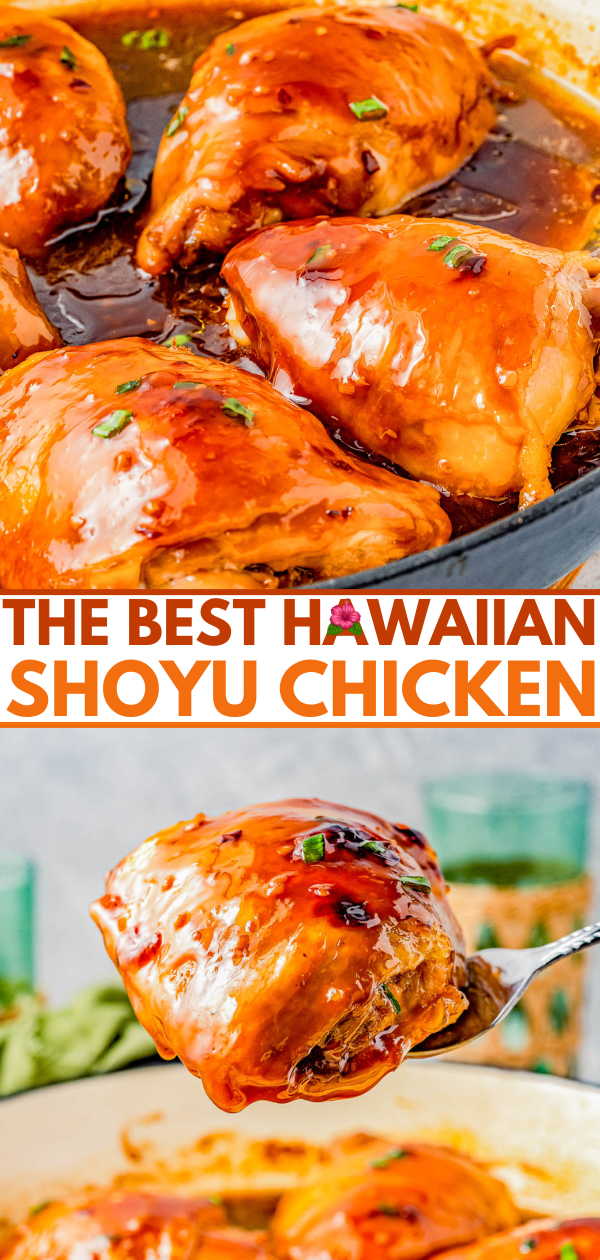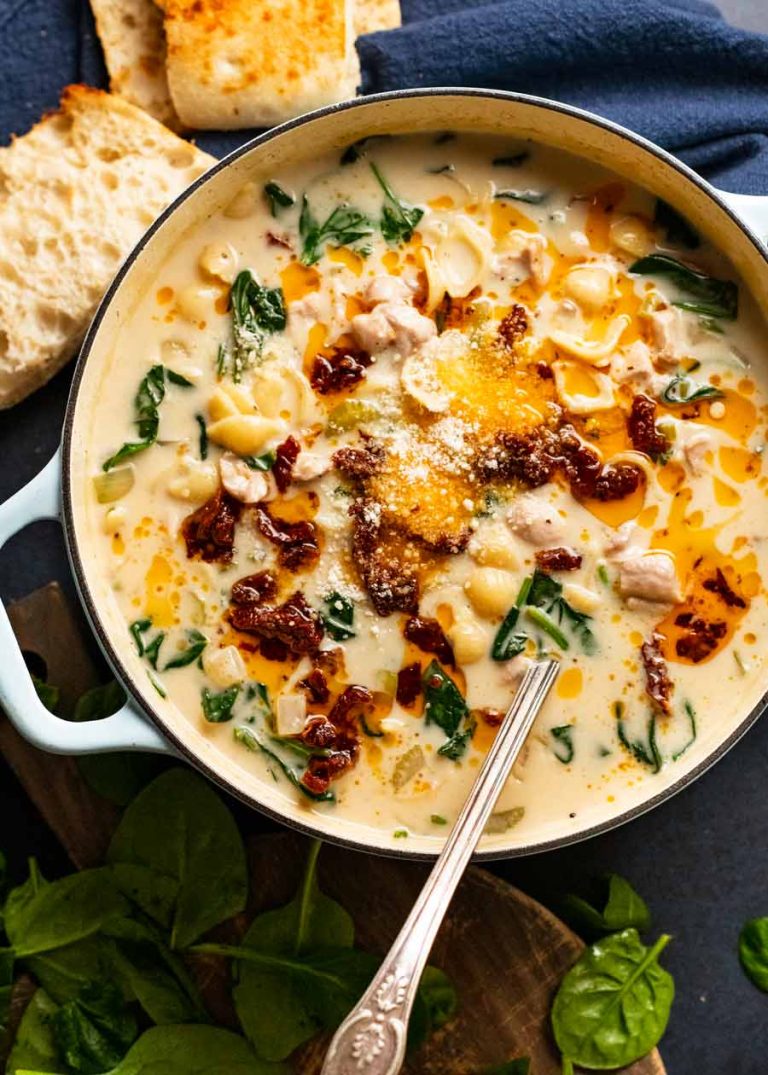Onion Bread: Recipes, History, and Perfect Pairings
Onion bread traces its origins to ancient Egypt, where onions were a staple food. Egyptians incorporated them into many recipes, including bread. From Egypt, onion bread spread to Greece and Rome. In these cultures, bread with onions became a popular accompaniment to meals. Over centuries, onion bread evolved, with regional variations emerging in Europe and the Middle East. Each region introduced its own twist, using local ingredients and cooking methods.
Cultural Significance
Onion bread carries cultural significance across various regions. In Eastern European cuisine, onion bread often appears during festive occasions and celebrations, symbolizing abundance and warmth. Italians include onion bread in many traditional dishes like focaccia, highlighting the bread’s versatility in different culinary contexts. In American cuisine, onion bread has become a favored choice for sandwiches and sides, blending international influences into everyday meals.
What Makes Onion Bread Unique?
Ingredients and Flavors
Onion bread stands out due to its distinctive combination of ingredients and flavors. The primary ingredient, onions, imparts a sweet, caramelized taste that deepens during baking. High-quality bread flour ensures a robust structure, while yeast aids in rising, creating a light, airy texture. Butter or olive oil adds richness and moisture, contributing to a soft crumb.
Herbs and spices like thyme, rosemary, or black pepper often enhance the flavor profile. Some recipes include cheese, providing a creamy, tangy note. The interplay of these ingredients results in a bread that’s savory yet subtly sweet, perfect for various culinary applications.
| Ingredients | Role |
|---|---|
| Onions | Provides sweet, caramelized taste |
| Bread flour | Ensures robust structure |
| Yeast | Aids in rising, creating light texture |
| Butter/Oil | Adds richness and moisture |
| Herbs/Spices | Enhances flavor profile |
| Cheese | Adds creamy, tangy note |
Health Benefits
Onion bread offers several health benefits, mainly due to the nutritional properties of its ingredients. Onions contain antioxidants and compounds like quercetin that support heart health and may reduce inflammation. Additionally, onions provide dietary fiber, promoting digestive health.
Bread flour, a source of carbohydrates, supplies energy, while vitamins and minerals in flour contribute to overall well-being. If enriched with whole grain flour, onion bread becomes a good source of fiber and B vitamins. Olive oil or butter provides essential fats, though olive oil is healthier, offering monounsaturated fats that support cardiovascular health.
By including herbs and spices, you add not only flavor but also antioxidants and anti-inflammatory properties. When cheese is part of the recipe, you receive additional protein and calcium, important for muscle and bone health.
| Nutrient Source | Benefits |
|---|---|
| Onions | Antioxidants, heart health, fiber |
| Bread flour | Energy, vitamins, minerals |
| Olive oil/Butter | Essential fats, cardiovascular support |
| Herbs/Spices | Antioxidants, anti-inflammatory properties |
| Cheese (optional) | Protein, calcium for bone health |
These nutritional elements make onion bread not only a flavorful addition to your diet but also a beneficial one.
How to Make Onion Bread
Essential Ingredients
The ingredients used to make onion bread provide both flavor and texture. You’ll need:
- Onions: Use 2 large onions, finely chopped.
- Bread Flour: 3 ½ cups of bread flour for structure.
- Yeast: 2 ¼ teaspoons of active dry yeast for leavening.
- Water: 1 ¼ cups of warm water to activate the yeast.
- Salt: 1 teaspoon of salt to enhance flavor.
- Sugar: 1 tablespoon of sugar to feed the yeast.
- Olive Oil: 2 tablespoons of olive oil for moisture.
- Butter: 2 tablespoons of melted butter to enrich the dough.
- Herbs and Spices: Optional herbs such as rosemary or thyme, and spices like black pepper, for additional flavor.
- Activate Yeast: Combine warm water and sugar, then sprinkle yeast on top. Let it sit for 10 minutes until foamy.
- Prepare Onions: Sauté chopped onions in olive oil until caramelized. Let them cool.
- Mix Dry Ingredients: In a large bowl, mix bread flour and salt. Add optional herbs and spices if desired.
- Combine Ingredients: Create a well in the center of the flour mixture, pour in the yeast mixture, sautéed onions, and melted butter.
- Knead Dough: Mix until a dough forms. Turn it out onto a floured surface and knead for 10 minutes until smooth and elastic.
- First Rise: Place dough in a greased bowl, cover with a damp cloth, and let rise in a warm place for 1 hour or until doubled in size.
- Shape Dough: Punch down the dough and shape it into a loaf or rolls. Place it in a greased loaf pan or on a baking sheet.
- Second Rise: Cover and let rise for another 30 minutes until doubled.
- Preheat Oven: Preheat your oven to 375°F (190°C) while the dough rises.
- Bake: Bake for 30-35 minutes until golden brown and hollow-sounding when tapped.
- Cool: Let the bread cool on a wire rack before slicing.
Different Variations of Onion Bread
Regional Recipes
Onion bread has distinct variations depending on its region of origin. French pain l’oignon often includes caramelized onions and thyme for aromatic flavor. German Zwiebelbrot combines onions with rye flour, resulting in a dense texture. Italian focaccia con cipolle incorporates onions, rosemary, and olive oil for a savory treat. Each of these regional recipes brings unique flavors and textures, showcasing different takes on onion bread.
Creative Twists on the Classic
Creative variations add a modern touch to traditional onion bread. Cheddar onion bread merges sharp cheddar cheese with caramelized onions, producing a rich, savory taste. Onion garlic bread intensifies the flavor by adding minced garlic. Vegan onion bread replaces dairy ingredients with plant-based alternatives, such as almond milk and vegan butter, ensuring inclusivity without compromising on taste. Adding sun-dried tomatoes provides a tangy contrast to the sweet onions, offering a unique flavor profile. These twists transform the classic onion bread into exciting new versions.
Pairing and Serving Ideas
Best Accompaniments
Onion bread pairs wonderfully with a variety of foods. Serve it with creamy soups like broccoli cheddar or tomato bisque to complement its savory taste. Add a side of cheese, such as gouda or gruyere, to enhance the bread’s rich flavor profile. For breakfast, pair it with scrambled eggs or an omelet for a hearty start to the day. At dinner, accompany it with roasted meats, such as chicken or beef, to balance the meal. Additionally, dips like hummus or spinach artichoke enhance the bread’s layers of flavor.
Occasions and Meals
Onion bread fits numerous occasions. Serve it at family gatherings to provide a comforting, familiar side dish. Include it in holiday meals like Thanksgiving or Christmas to add a homey touch. For casual get-togethers, offer it as part of a charcuterie board with assorted meats, cheeses, and fruits. It’s also ideal for brunch, providing a flavorful addition to your spread. During outdoor events such as picnics or barbecues, it’s a versatile option that pairs well with grilled items.
Conclusion
Onion bread offers a delightful fusion of flavors and a rich cultural heritage that can elevate any meal. Whether you’re baking a traditional loaf or experimenting with creative variations, the possibilities are endless. Pair it with your favorite dishes or serve it at your next gathering to impress your guests. Embrace the versatility of onion bread and enjoy its unique taste and aroma in every bite.






